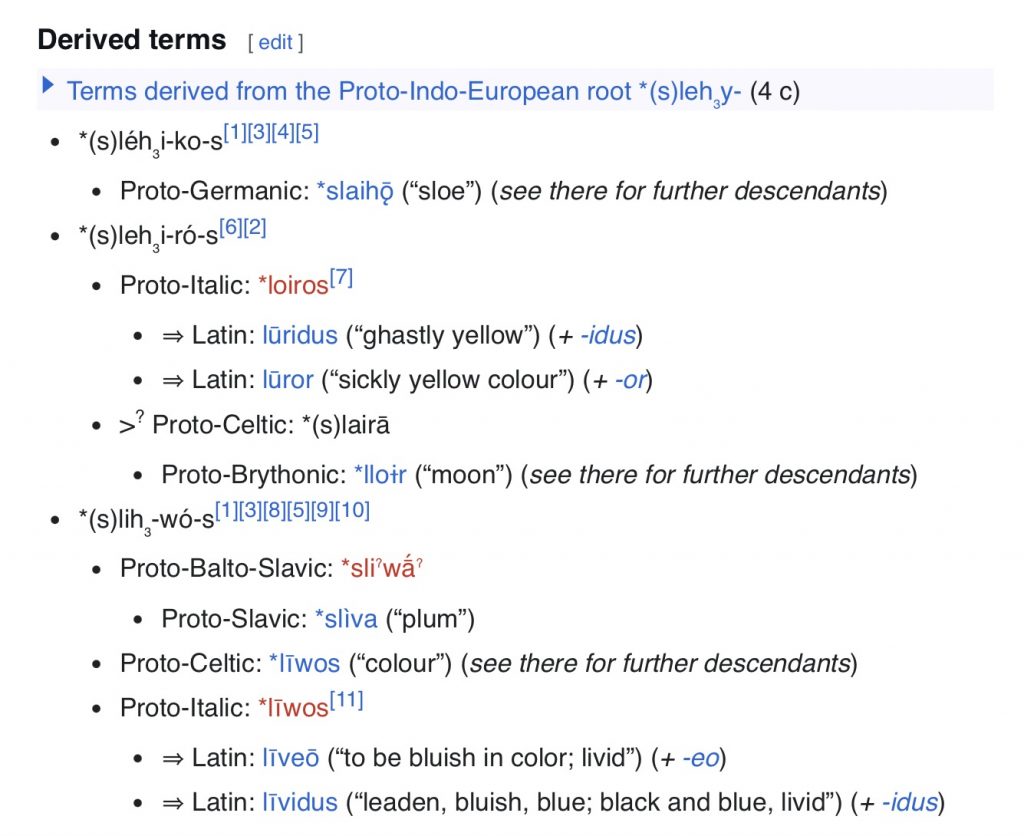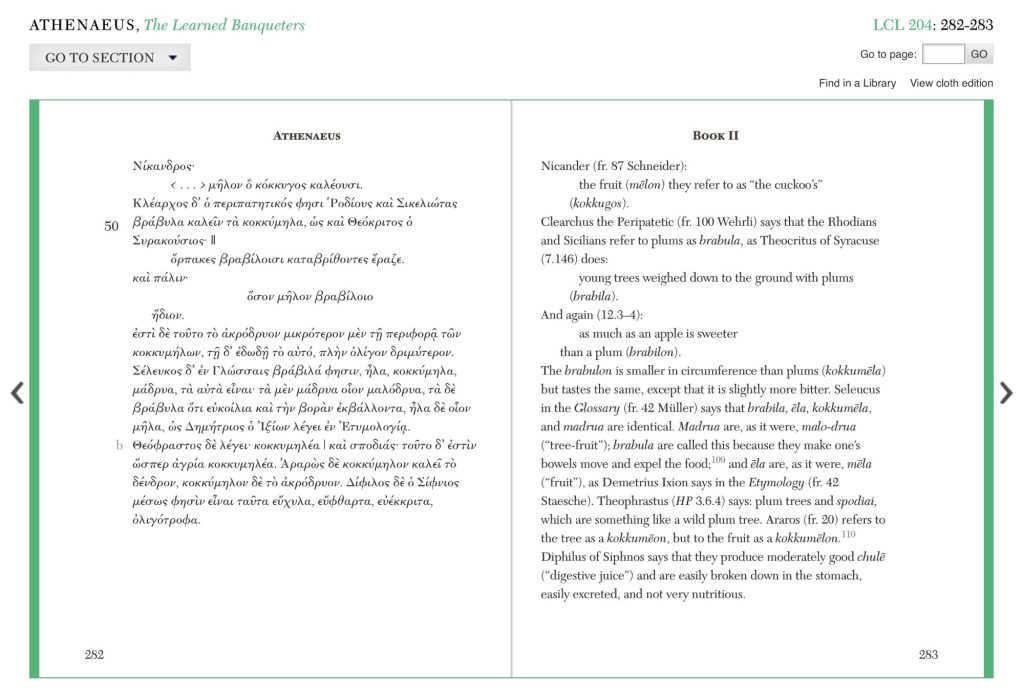Sloe to the finish line…
Caveat lector—the spelling in the blog title belies a non-native German speaker’s meager approximation of two terms encountered in travels through Carinthia (Austria). Lo, in the Jauntal did I find two fruits referred to with these terms, both of which referenced dark-skinned (reddish-purple and bluish-purple), fairly small stone fruits. To me, they seemed to be a kind of plum.
So, plum. Pflaume. That doesn’t match up. That would have been too easy and much too short a trek for a blog post. I couldn’t see how Pflaume could be altered to render Barbalone (and clearly not Trnosalan). Perhaps Zwetschke (also Zwetschge)? Again, not right.
No informants were able to enlighten me as to where the words come from. The proximity to the historically Slovene-speaking part of Austria led me to googling words for plum, the first of which was sliva, according to Wiktionary (clearly not related). Now, had I but paid a bit more attention to this entry and checked out the Proto-Indo-European etymon (see screenshot below), I could have wrapped up this trek in a timely fashion. Alas—Germanic *slaihǭ ‘sloe’ was to escape my weary etymological sight. More on this further on.

for the Indo-European root *(s)leh₃y- ‘bluish’
If nothing else, I should have been familiar with sliva given its presence in the term for a type of alcohol made in central/southeastern Europe: Slivovitz (a plum brandy) {should you find yourself offered a dram of the Hungarian liqueur Unicum Szilva, do say yes}. The other term I found, čéšplja ‘(cherry) plum),’ brought me no nearer my goal. This distinction between types of plums reminds me of a distinction between cherries in Turkish: vişne ‘sour cherry’ and kiraz ‘sweet cherry,’ a difference with which I was not familiar, having been raised in Mississippi, a state not known for cherries.
My first encounter with this blog entry’s titular terms was the first summer I had them (two years ago or so). Then, the words did not find fertile ground in my mind and seemingly perished; only seemingly—for I had unknowingly left the fruits to ferment in an all-too-often neglected etymological pantry. When enjoying the fruits in the summer of 2024 and then pruning the trees during the spring of 2025, the words were dusted off from their neglected place in the pantry. Herein is the beauty of the trek to discover words’ homes—the trek never truly ends.
Let us return to sloe—the translation section for this word on the Wiktionary page offered the putative answers to the origin of Trnosalan and Barbalonen: Slovene trnulja/trnolja and Classical Greek βράβυλον. The Slovene very clearly is the source of Trnosalan, the spelling of which in this blog is influenced by my suspicion that the word was of Slovene stock and thus warranted an initial <trn-> consonant cluster. The term trn in Slovene means ‘thorn,’ which will be relevant for the analysis of Barbalonen. This being said, the etymology for Trnosolan is to my mind clear though its morphology as used in Carinthian German/Slovene is still unclear.

Source: Loeb
In the screenshot above, we find a comparison between apples and plums in The Depnosophistae by Athenaeus. Whether brabula do indeed “make one’s bowels move and expel the food” need not concern us here. Instead, we can turn to a scholarly treatment of fruit in Byzantium in the form of a Master’s thesis by Grigori Zhivkov Simeonov from the University of Vienna entitled Obst in Byzanz: Ein Beitrag zur Geschichte der Ernährung im östlichen Mittelmeerraum. His discussion of the term that interests me begins thus: “Was zwei weitere Termini, ἡ βράβυλος und τὸ βράβυλον, betrifft, geben uns die Quellen unterschiedliche Information darüber” (Simeonov 2011, 79). His treatment of the information is thorough and lays out where confusion arises regarding what terms refer to which fruit. Two synonyms he lists, “τὸ βάδρυον, τὸ βοράβηλον” (ibid.), are similar enough in form as to raise questions which is the Urwort. My knowledge of classical and Byzantine Greek lacking as it is, I will see how far I can delve into this question further.
My hypothesis at the moment (June 22, 2025) is that Barbalonen is derived from a variety of plum that was sold (or shared) at some point in Austria, with the word then entering the vernacular. Given that I am arguing for a connection to a classical Greek term, it would be highly unlikely for this Wanderwort to have wandered this far to rural Austria without some other intermediary (e.g., a professional botanist having named a variety of plum after a classical Greek word). I have yet to find anyone apart from informants in one family that use the term. The metathesis in the initial syllable βρά(β)- to Bar(b)– [the syllable boundaries here perhaps depending on what the etymology is] would be an expected change, so I do not see that as problematic (yet).
As for thorny etymologies, I am sure the etymology of βράβυλον ‘sloe’ is connected to ‘bramble’ and expect that time (read: more research and more writing) will hopefully tell. Determining whether it is tangentially related to beard (L. barba) will require delving into the Indo-European etyma a bit further. More to the point–were plums thus named because of the thorns associated with certain varieties (and associated with the prickliness of beards)?
